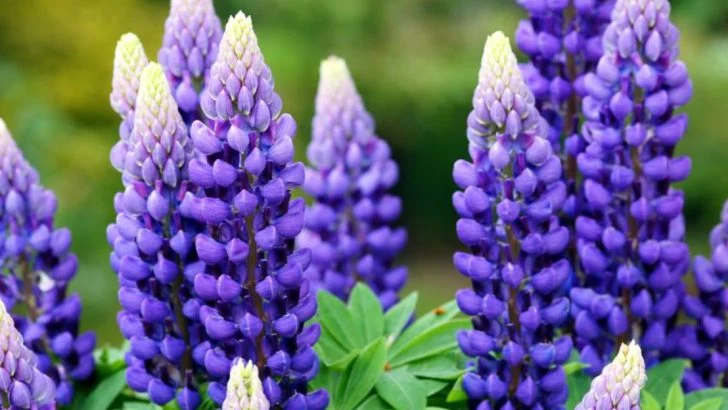Not every plant labeled “perennial” is a guaranteed success. In fact, some popular choices are surprisingly finicky, requiring exact soil, light, or moisture conditions to thrive—and even then, they might refuse to bloom or die off after one rough season. If you’ve ever poured your time, water, and hopes into a plant that just wouldn’t perform, you’re not alone. There are certain perennials that struggle in most home gardens no matter how much love they get.
Luckily, for every demanding diva, there’s a reliable alternative. In this guide, we’ll highlight 9 tricky perennials you might want to skip—and introduce you to 9 easygoing substitutes that offer similar looks or benefits, but with far less hassle. Whether you’re planning a brand-new bed or simply looking to replace a few underperformers, these garden-worthy swaps will help you build a more beautiful, low-maintenance landscape.
Delphinium
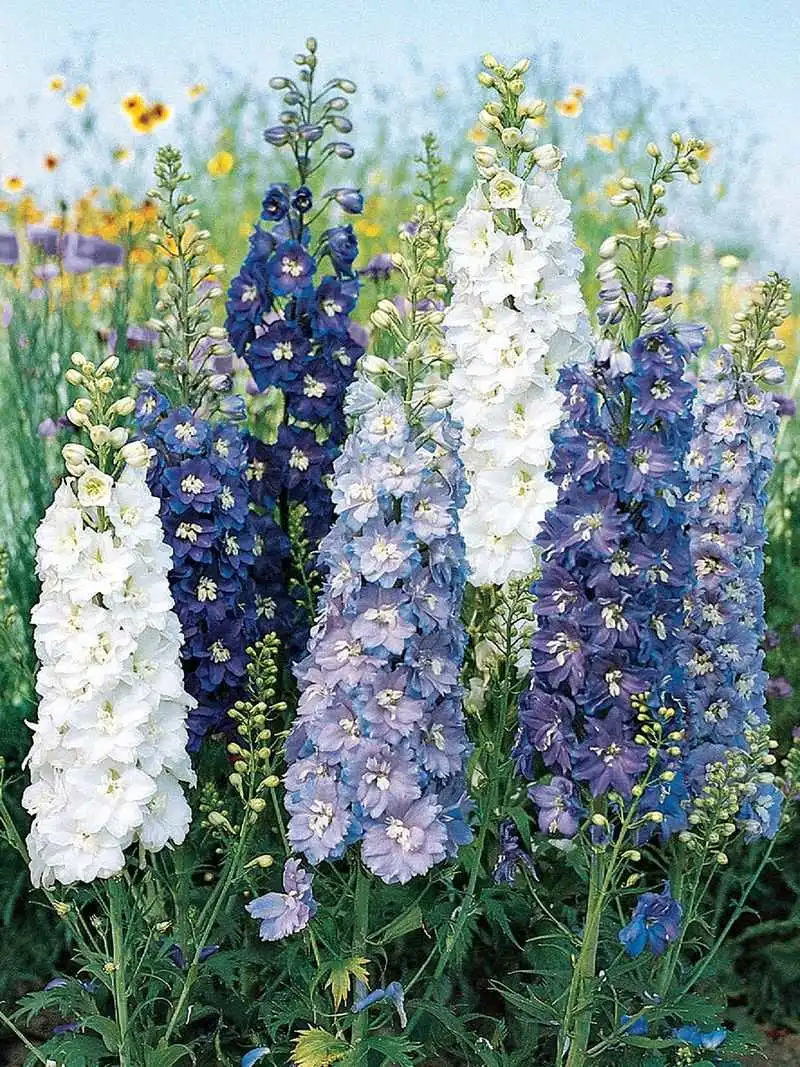
The delphinium, with its stately spikes of blue flowers, often struggles in gardens due to its susceptibility to pests and diseases. These towering beauties demand a precise balance of watering and soil conditions. Despite their striking appearance, they can be a gardener’s nightmare.
Astilbe
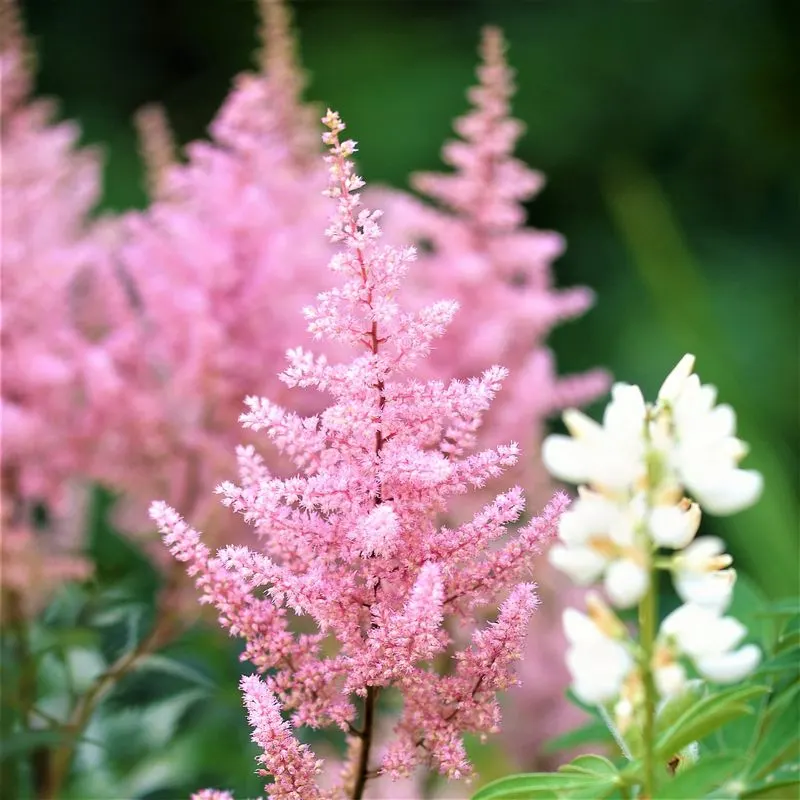
Consider astilbe as an alternative. These perennials thrive in shaded areas and are remarkably resilient against pests. Their feathery plumes add a touch of elegance to any garden, requiring minimal care once established. With astilbe, you’ll enjoy vibrant color without constant worry.
Hellebore
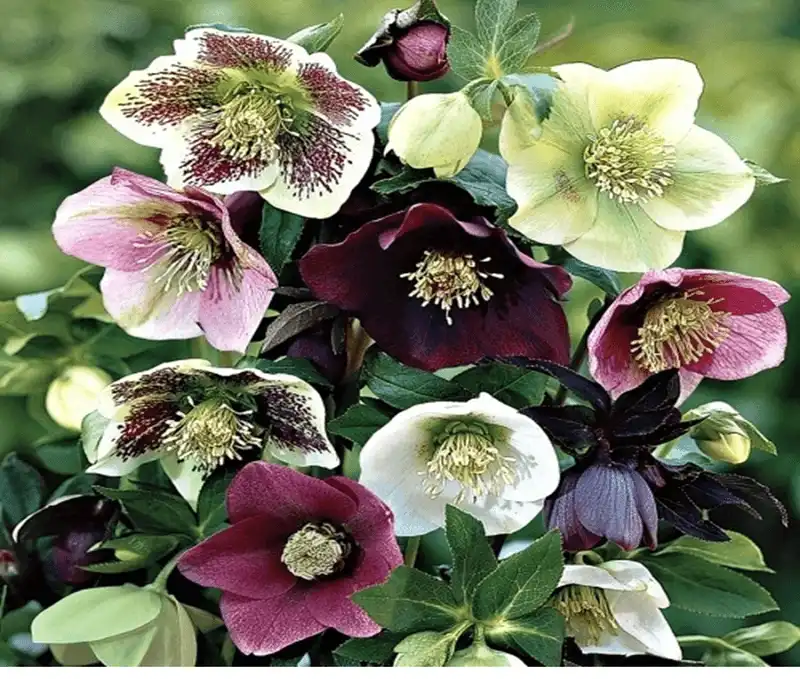
Known for their winter blooms, hellebores can be difficult, often requiring specific soil conditions and protection from extreme cold. They add unique beauty to the garden but can be temperamental. Many gardeners find them more trouble than they’re worth.
Daylily

Daylilies are a robust alternative, thriving in various climates with minimal care. These perennials bloom profusely and resist common garden pests. Their vibrant flowers brighten any garden space and are forgiving of less-than-ideal conditions.
Lupine
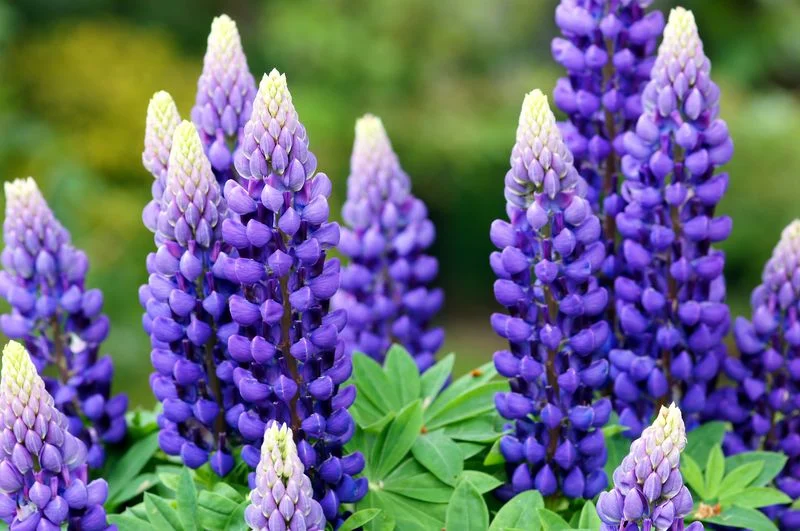
Despite their visual appeal, lupines often fall prey to aphids and root rot, making them challenging for many gardeners. They also require specific soil conditions to flourish, which can be difficult to maintain.
Sedum

Sedum offers a reliable alternative to lupines. These low-maintenance perennials are drought-tolerant and resist pests. Their diverse forms and colors are perfect for rock gardens or sunny borders, providing beauty with minimal fuss.
Peony
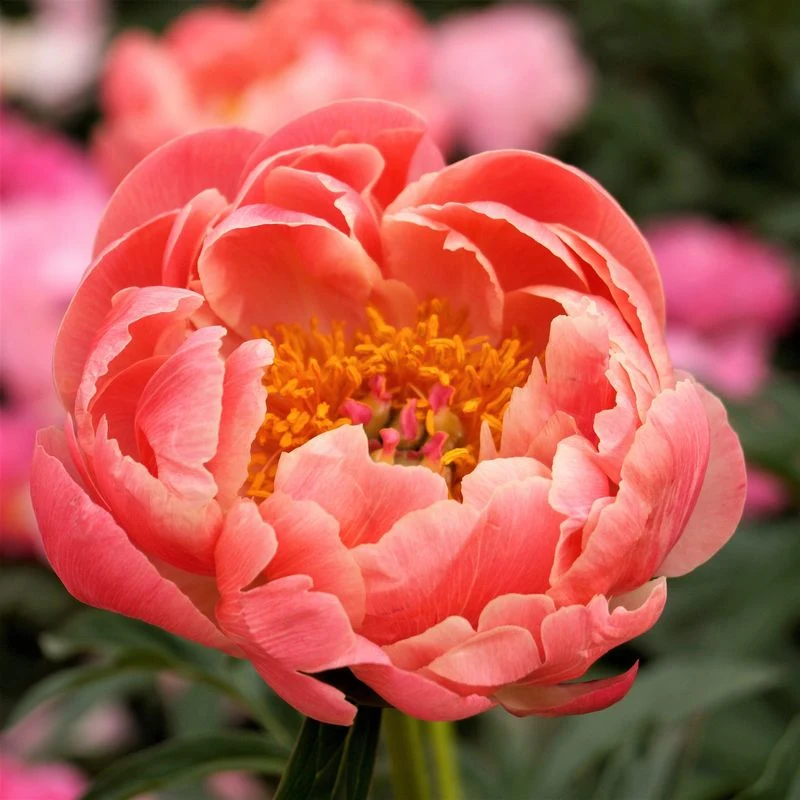
Peonies, though loved for their extravagant blooms, can be finicky about their planting conditions. They often suffer from diseases like botrytis and require careful staking to support their heavy flowers. Gardeners may find them high-maintenance.
Coreopsis
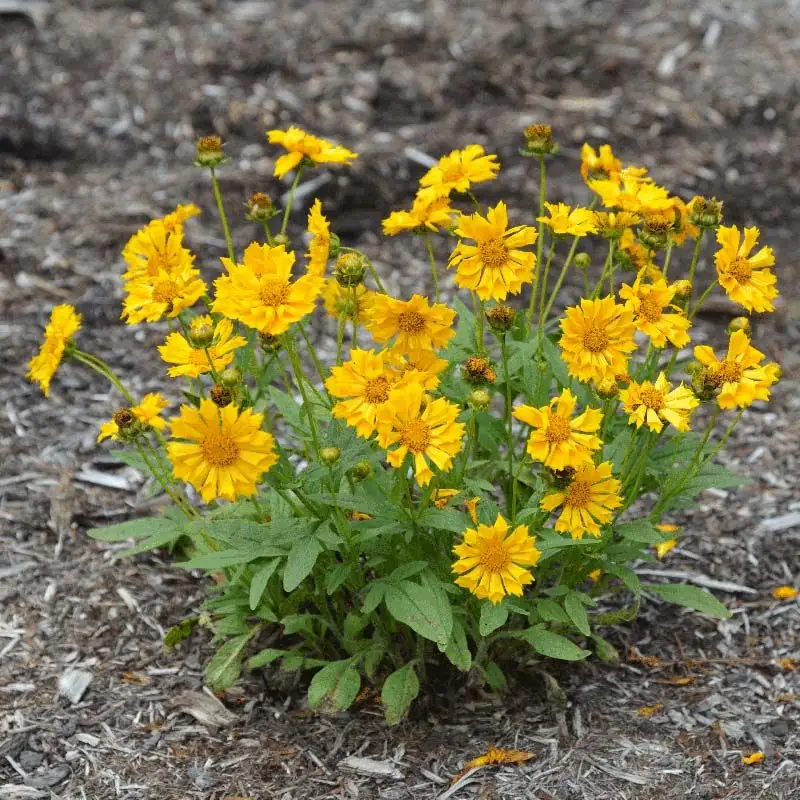
Coreopsis are a fantastic choice instead of peonies. These hardy perennials are easy to grow, withstanding heat and drought. Their cheerful yellow blooms last throughout the summer, making them a reliable source of color in the garden.
Bleeding Heart
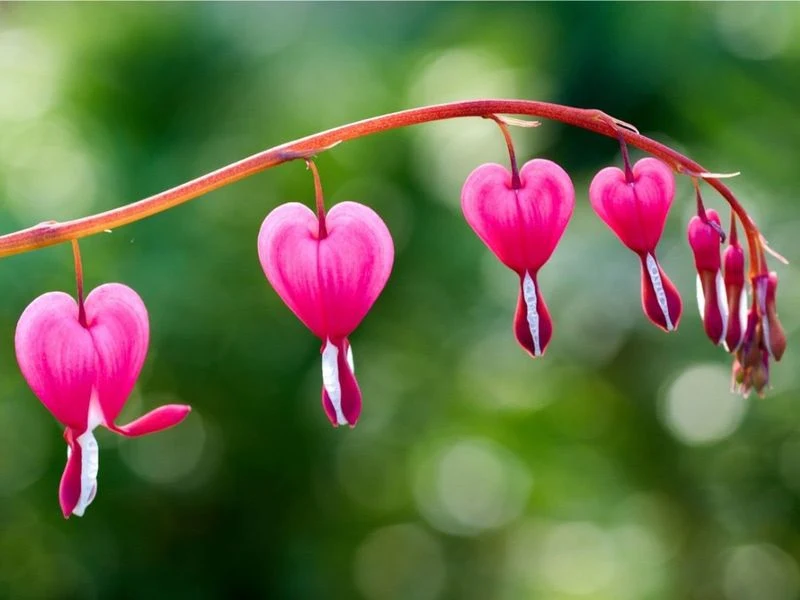
Bleeding hearts captivate with their unique, heart-shaped flowers but can be tricky, requiring cool, moist conditions. They often wilt in summer heat, leaving a gap in the garden. While beautiful, they demand a gardener’s patience and care.
Coneflower
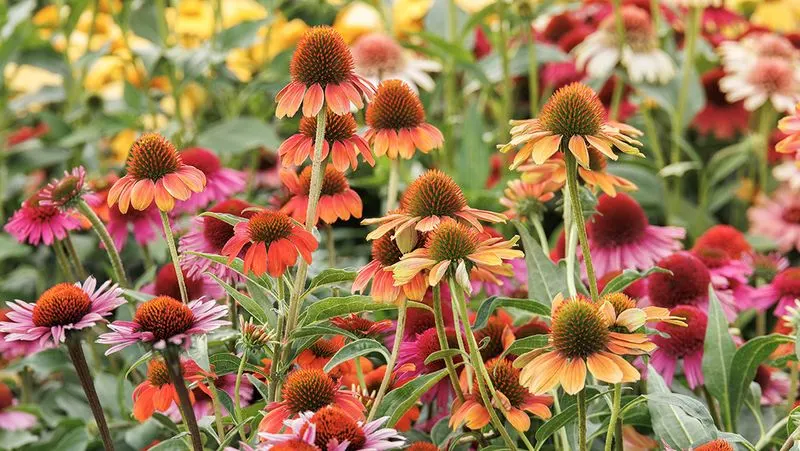
Swap bleeding hearts for coneflowers, known for their hardiness and adaptability. These perennials thrive in full sun and are remarkably drought-resistant. Their striking appearance attracts pollinators, adding life to the garden with minimal effort.
Foxglove
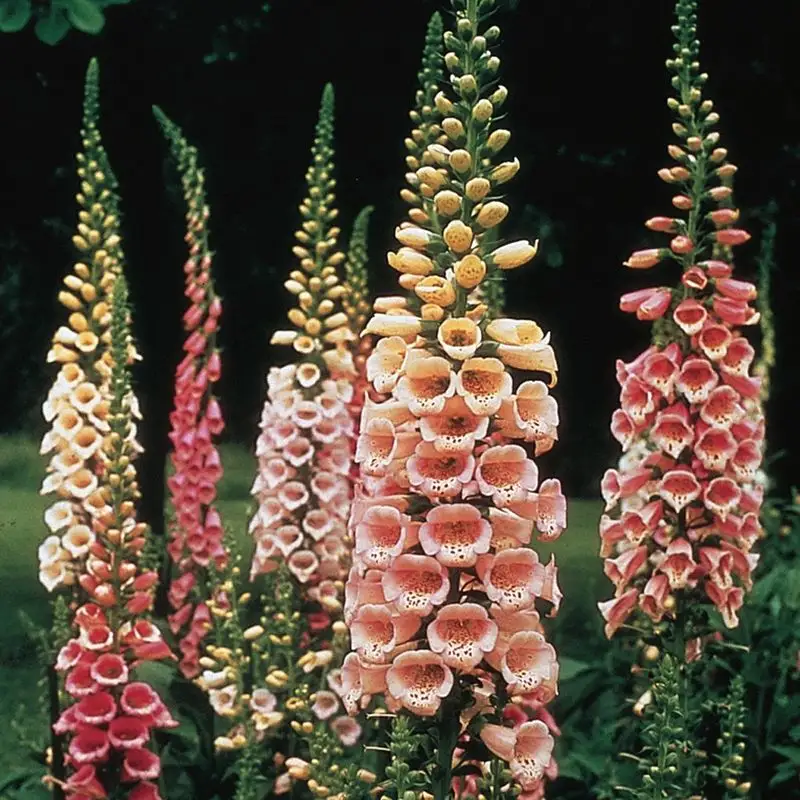
Foxgloves are undeniably stunning, but their biennial nature means they might not bloom every year. They need specific conditions to thrive and can be poisonous if ingested. Though charming, they may not be suitable for every garden.
Russian Sage
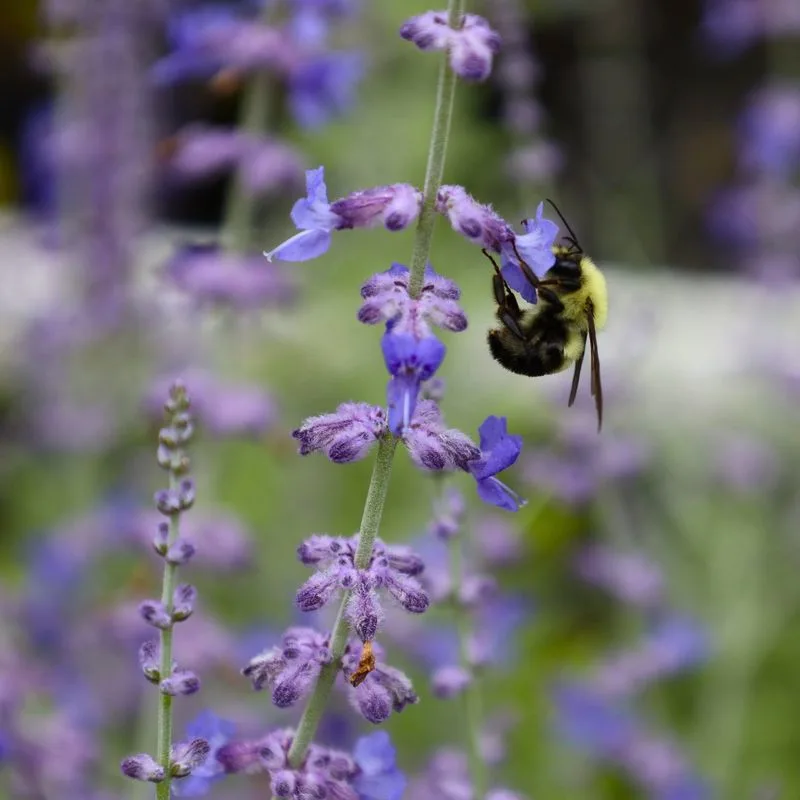
Try Russian sage instead of foxglove for a low-maintenance option. Its tall, wispy stems and purple flowers add movement and color to the garden. This perennial thrives in sunny, dry conditions and is notably resistant to drought.
Japanese Anemone

Japanese anemones, while beautiful, tend to take over garden spaces due to their aggressive spreading habit. They can quickly dominate, requiring regular maintenance to keep in check. Their invasive nature makes them a tough choice for many gardeners.
Black-eyed Susan
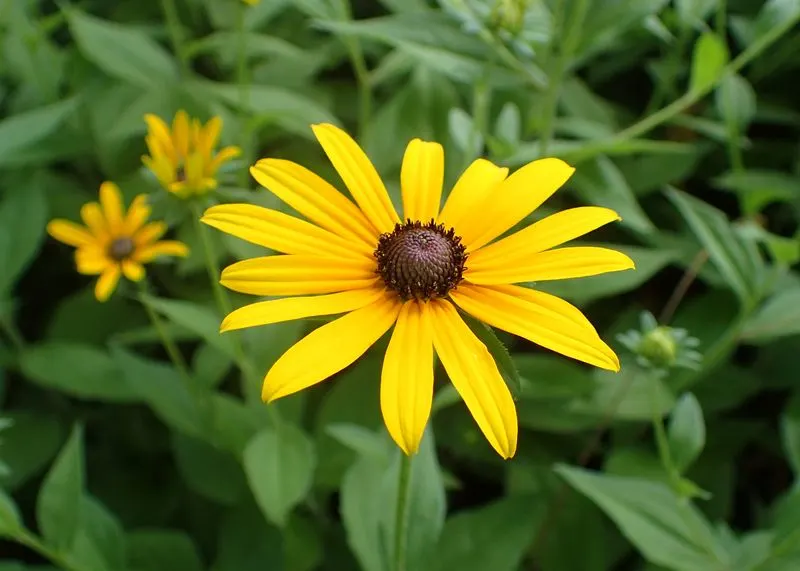
Consider black-eyed Susans as a less invasive alternative. These cheerful perennials are easy to control and bring sunshine to any garden with their bright yellow blooms. They attract pollinators and adapt well to different soil conditions.
Fuchsia
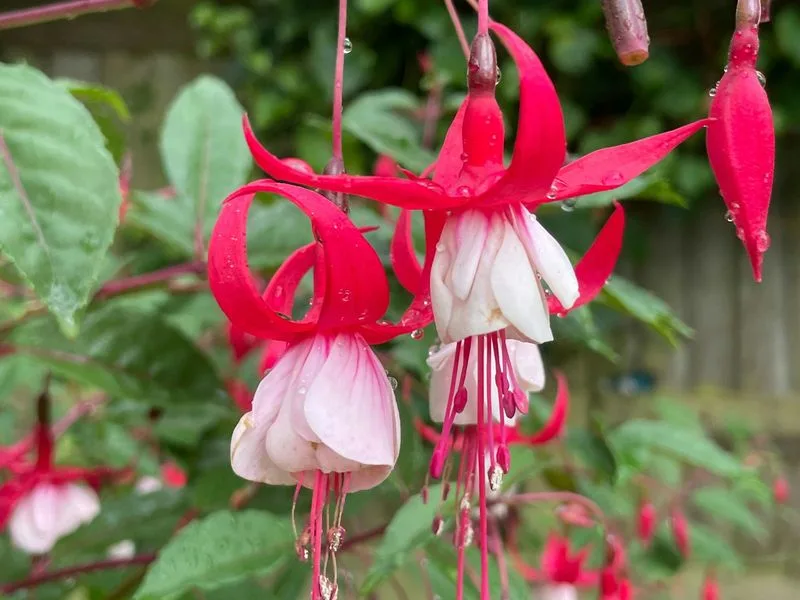
Fuchsias are charming but require specific conditions to thrive. They need consistent moisture and shade, making them challenging in hotter climates. These delicate flowers demand attention and care, often proving too needy for some gardeners.
Salvia
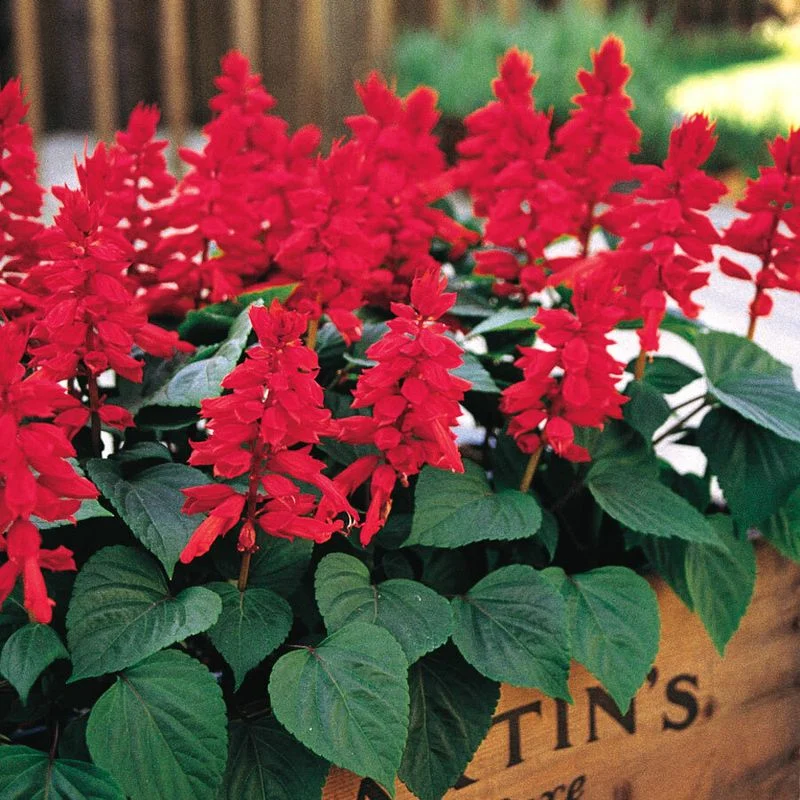
Salvia offers a sturdier choice. It’s drought-tolerant, hardy, and blooms prolifically. These perennials are a haven for bees and butterflies, adding both color and life to your garden. Their low-maintenance nature makes them a favorite among gardeners.
Hydrangea
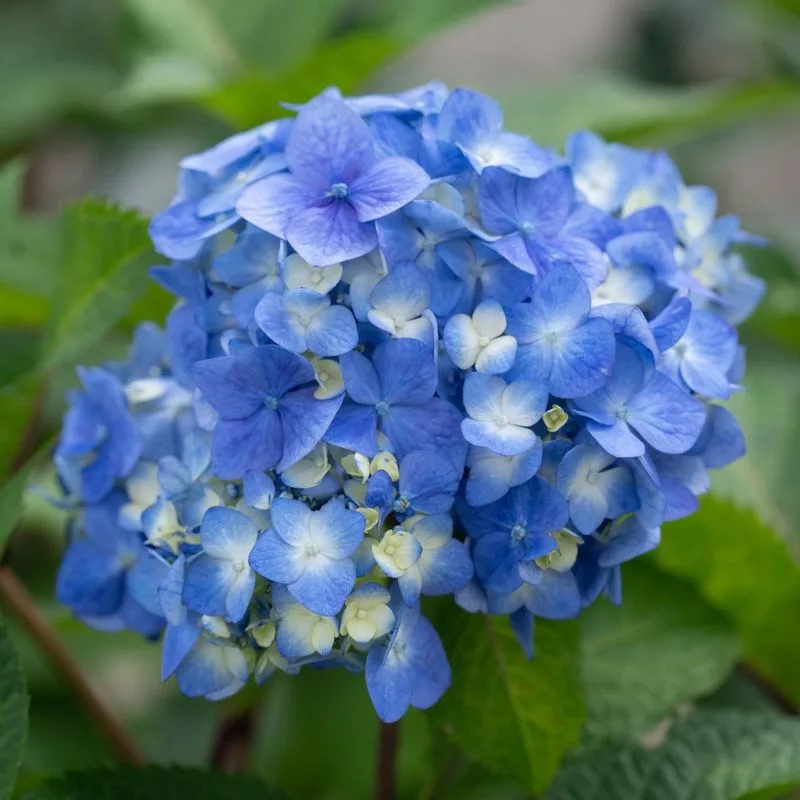
Hydrangeas are beloved for their large, colorful blooms but can be fussy about soil pH and moisture levels. They often struggle with pests and diseases, requiring diligent care to maintain their beauty and vigor throughout the season.
Catmint
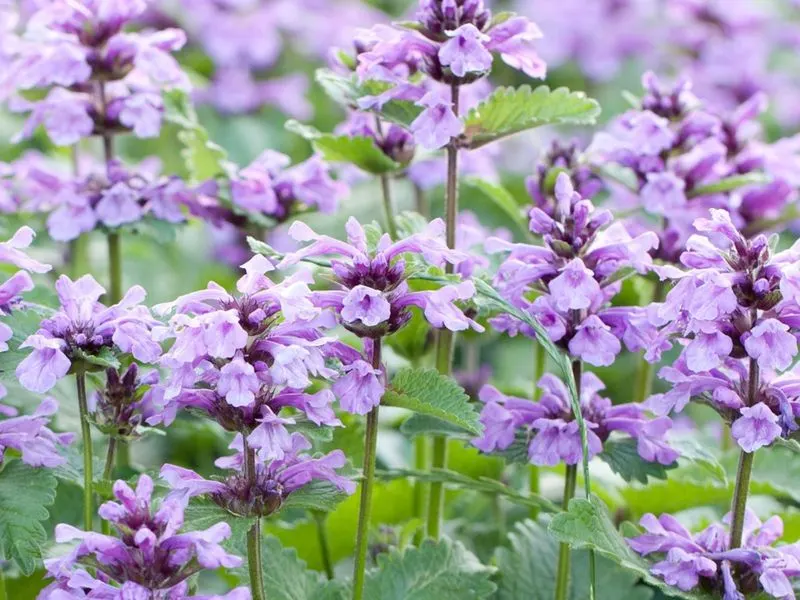
Catmint is a wonderful alternative to hydrangeas. It thrives in almost any condition, is highly resistant to pests, and requires minimal watering. Its relaxing scent and lavender-blue flowers add charm and tranquility to the garden all season long.

